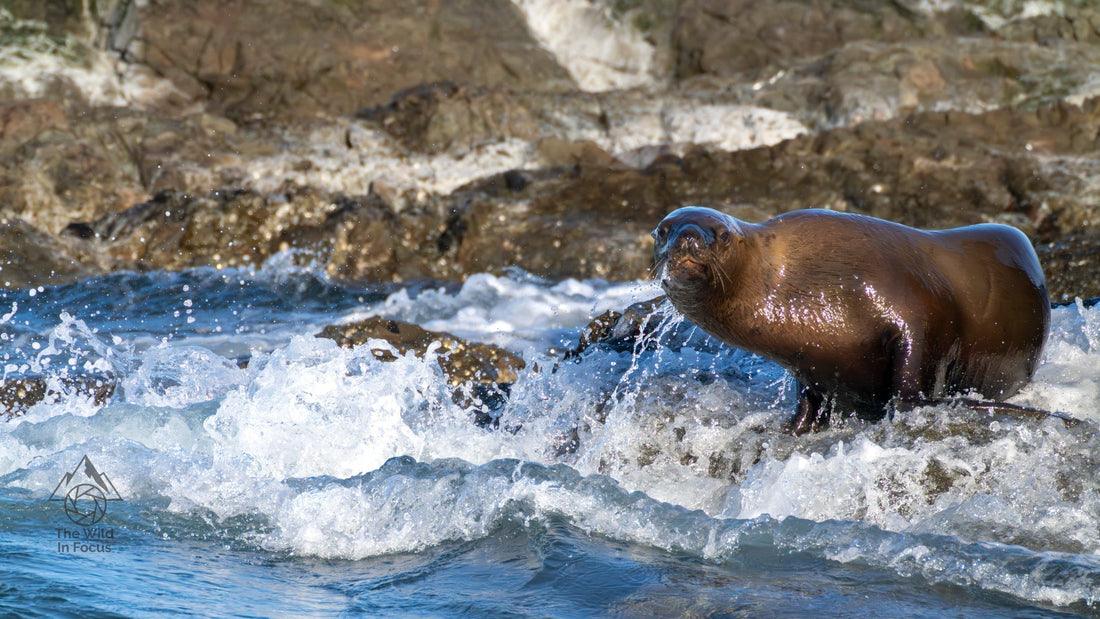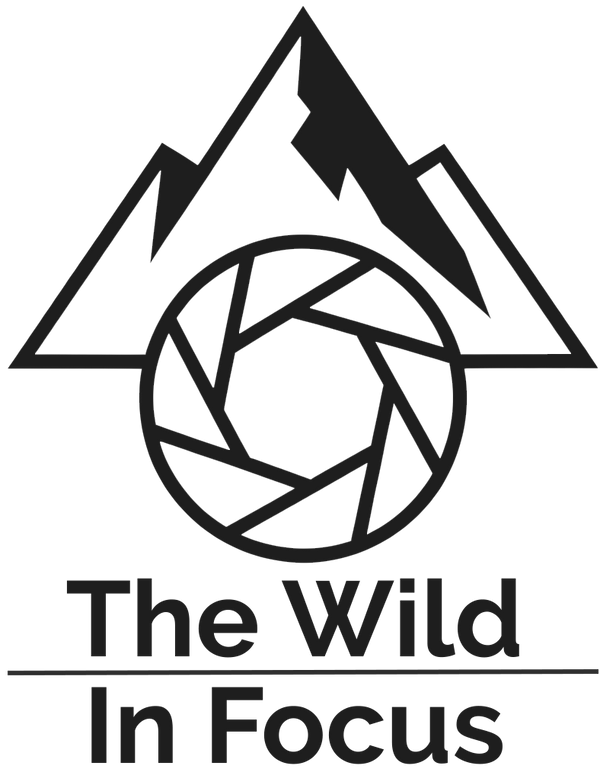
From Seals to Sensors: Why I Finally Made the Jump to Full Frame
Share
Sometimes the best discoveries happen when you're not looking for them—and sometimes they show you exactly what you're missing.
My photography journey started backwards from most people. I got into drone photography first, then found myself wanting to capture more places and picked up ground photography as an afterthought. My first camera, a Sony a6400, wasn't even intended for still photos—I thought I'd become a drone vlogger. (Spoiler alert: that didn't pan out!)
The a6400 Era: Small Camera, Big Adventures
For years, that little a6400 was my faithful companion. I dragged it to mountaintops, through rainstorms, and once got it completely covered in mud after slipping on a trail in Hawaii during a thunderstorm. A simple cleaning was all it needed—it just kept trucking.
The camera taught me everything I know about photography. Starting with a mediocre kit lens that produced frustratingly soft images, I eventually upgraded to the Tamron 17-70mm—a lens that cost more than the entire camera body. That upgrade gave me my first glimpse into the world of "good glass," and suddenly my photography had the clarity it desperately needed.
I loved everything about the a6400: compact size, solid battery life, impressive dynamic range for daylight landscapes. I even captured comet NEOWISE with it using a rented full-frame lens from Precision Camera here in Austin. Those photos shocked me with how well they turned out.
The Moment Everything Changed
In early 2023, during a trip to Northern California's redwood country, I experienced what I now call my "seal moment." I'd stopped at the mouth of the Klamath River to photograph the dynamic shoreline when a group of Native American fishermen called me over. A younger kid pointed out seals playing between the rocks.
I was absolutely enamored. This wasn't like my usual wildlife photography—distant animals in landscapes where I just wanted to capture the scene. This seal was actively engaging, bobbing in and out with the waves, popping his head up to look at us before slipping back into the water.
I captured several relatively crisp shots, but I was shooting at my lens's maximum 70mm. When I got back to my hotel and started editing, I experienced both amazement and heartbreak. I'd captured incredible shots of this seal pup with its eyes clearly visible, but when I cropped for a good composition, the resulting image was only good enough for social media. There wasn't enough resolution to print anything larger than a 4x6.
The Decision Point
That seal photo started the gears turning. I faced a choice: get a telephoto lens for the a6400 or make the full leap to full frame for access to a larger sensor and more lens options.
Initially, I hesitated. This was still just something I did for fun while adventuring. Sure, I sold photos on the side because I love seeing my work inspire people, and making a few bucks to fund gear and adventures is great too. But it wasn't my livelihood.
Then life threw me a curveball. Just after returning from that California trip, I contracted shingles in my ear and developed Bell's palsy, which temporarily paralyzed half my face for several months. Photography was sidelined until late 2023.
The Research Phase
By October 2023, I'd recovered and started churning on my gear decision again. With Black Friday approaching, I dove deep into Sony's lineup. Given my seal experience, the A7R V's 61MP immediately caught my attention.
But I had reservations—it's pretty massive compared to the a6400. I started leaning toward the A7C instead: cheaper, much smaller, barely larger than my trusted a6400.
As the holiday sales arrived, I got very close to buying the A7C. But being the overanalyzer that I am, I decided to compare it one more time to the A7R V. That's when I discovered William Patino's review of the A7R V. After watching his videos and tutorials, I realized something crucial: if I was upgrading to a camera that might be the foundation of my photography for the next 5-7 years, I shouldn't skimp.

The Upgrade Experience
I picked up the A7R V body on Black Friday from my local camera store, along with the Sigma 24-70mm that a friend had highly recommended.
The first outing was eye-opening—in both good and challenging ways. This camera catches so much light that I initially blew out every single photo. It took time to recalibrate my understanding of what constitutes a good histogram. Once I figured out its quirks though, my photography immediately improved.
The extra dynamic range and massive resolution gave me incredible flexibility. During my Yellowstone trip, I tried full-on wildlife photography for the first time, and it stunned me. While you never have enough zoom for wildlife, with 61MP you can effectively double your focal length through cropping and still have a solid photo to print.
The Full Circle Moment
Fast forward to my recent trip to British Columbia, where I had the opportunity to photograph sea lions—giving me a direct head-to-head comparison with my seal experience. The difference was night and day.
Even shooting at an effective 600mm (400mm lens with 2x teleconverter) and still needing to crop, the resulting photos could easily be printed at over 30"x40" without concern. Something I could never have dreamed of with my a6400.
Why the Journey Mattered
I don't thank the camera for my success as a photographer. I thoroughly believe that getting so good at taking photos in challenging conditions with the a6400 prepared me to fully utilize a full-frame mirrorless camera—something that wouldn't have been the case if it had been my first camera.
The a6400 and its APS-C siblings remain incredible cameras and make phenomenal starter cameras for hobbyists getting into photography. It's tempting to chase specs, but gear doesn't make the photographer. The gear certainly helps and makes things easier, but for most people, the A7R V is overkill.
For me though? It was a game changer for the photography I wanted to do and the stories I wanted to tell.
Your Next Discovery
Whether you're considering an upgrade or just starting your photography journey, remember this: the best camera is the one that gets you out exploring. That seal in the Klamath River taught me about my limitations, but more importantly, it taught me about my possibilities.
What moment made you realize it was time for your next adventure? Share your gear evolution story in the comments below—I'd love to hear about your own unexpected discoveries.
Ready to see what full-frame wildlife photography can capture? Check out the stunning sea lion portraits from this British Columbia adventure in my Coastal Collection →

